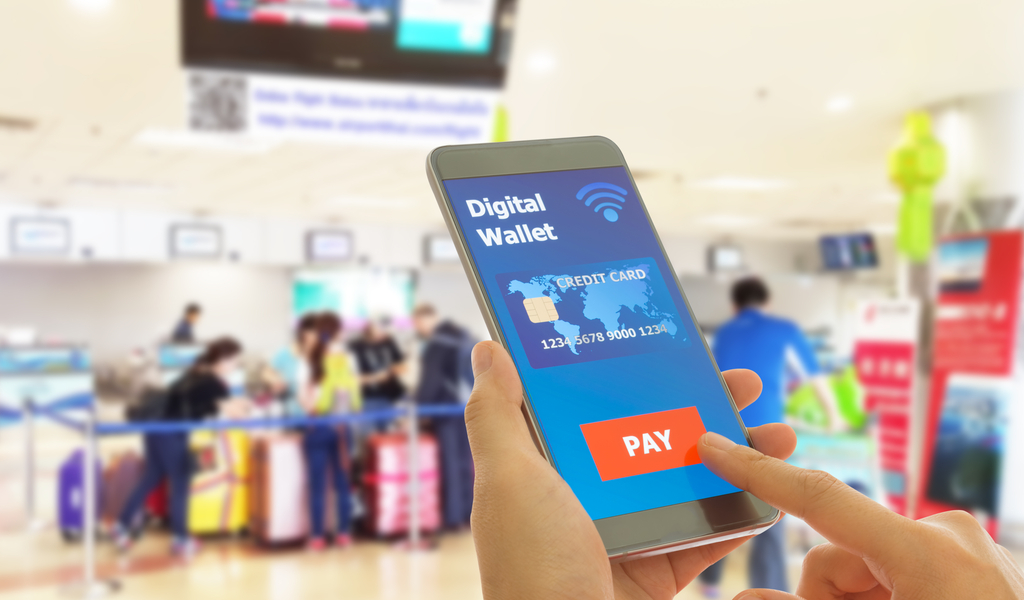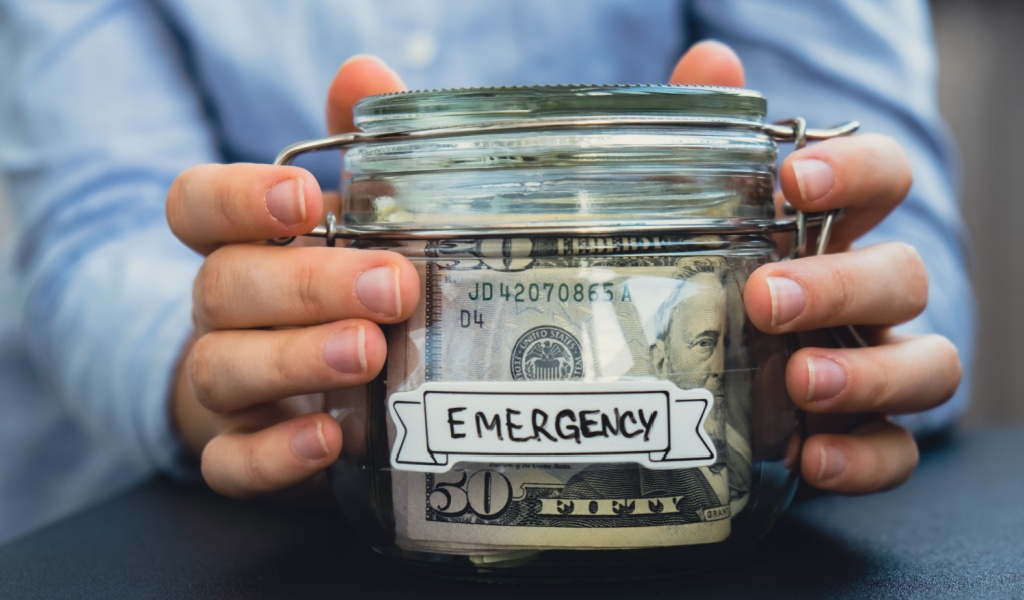In need of a bit of extra money but aren’t sure which option would be the better choice – a loan or overdraft? Let us take you through both options so you’re able to make an informed choice!

What is a Loan?
A loan is typically defined as a fixed amount of money that you borrow over a decided period of time known as “term”. This can be anywhere between one to five years or on some occasions up to seven years or more depending on the lender.
This money is then repaid in monthly installments with an agreed-upon interest rate. Typically, the interest rate is fixed for the duration of the term so you know how much you have to pay every month. However, some loans may have variables based on market conditions or other factors like late charges, etc.
Who Should Get a Loan?
Loans are typically suitable for those looking to borrow a larger sum of money (around $1000 to $25,000) to fund things like buying a new car, doing home renovations, or even to consolidate existing debt. Usually, a sum that falls under $25,000 would fall into the category of a personal or unsecured loan, where the borrower has less risk.
But if you want to borrow more money than that, your only option would be a secured loan. What this means is that you will have to use an asset such as your home as collateral. If you find yourself unable to pay the money back, the lender is legally allowed to repossess your property and force you to sell. Of course, this is because lending a large sum of the money puts the bank at a much riskier position and therefore, they need something to recover their losses if needed.
What is an Overdraft?
Overdrafts are a way for you to borrow money through your bank account without going through the extra hassle of acquiring a loan. There are two types of overdrafts: an authorized one and an unauthorized one. With an authorized overdraft, there’s a pre-agreed limit that your bank has put in place and you can only spend up to that amount. An unauthorized overdraft is when you don’t have an agreed limit in place, or you spend more than you have in your current account or over the authorized overdraft limit.
While certain overdrafts may be interest-free, more often than not, a small interest will be claimed on the amount borrowed. Interest rates may vary from bank to bank, and so does the limit set on the overdraft available to you as well as repayment dates. But new regulations that were passed in April 2020 forbid banks from charging higher fees for unauthorized overdrafts than authorized overdrafts.
Who Should Get an Overdraft?
Overdrafts are typically set for much smaller sums of money when compared to loans, usually falling between $500 and $2000. Therefore, they are much better for short-term borrowing and can help you with emergency costs or to just help you ride out the end-of-the-month slump before the next paycheck hits.

Which is the Right Option for You?
The main thing you need to consider is how much you need to borrow. If you need money to cover a small home repair or a sudden expense, an overdraft might be the best option for you. This is because it is quick and easy to obtain an overdraft.
While your bank may want to run some affordability checks to decide your overdraft limit, you should have access to the funds immediately or within a few days at least. And if you’ve already got an overdraft agreement in place, it takes no more hassle than putting your card into the ATM machine!
When looking for an overdraft, try to find one that is interest-free – at least for a set time. This could mean switching your current account, but you got to do what you got to do. An example is Nationwide’s FlexDirect current account, which offers an interest-free overdraft of up to $1,500 for 12 months.
But don’t forget to look into the other requirements of your current account as well. Nationwide requires you to pay at least $1000 every month into your account. At the very least, if you cannot get an interest-free overdraft account, make sure to pay it back as soon as possible to limit interest payments.
On the other hand, if you need to borrow a larger sum of money, it would be better to go for a loan. A larger purchase or sudden expense that falls in the higher range or more cannot be covered with an overdraft. If you need to borrow more than $25,000, you will need to get a secured loan, which means putting your home at risk of being repossessed. Therefore, this is not a decision that should be taken lightly.
Whatever you choose to go with, make sure you aren’t biting off more than you can chew. Make a substantial plan for repayments every month and make sure you can afford it! If you do not make timely repayments, not only can you lose your property, your credit score may be affected negatively and prevent you from getting credit in the future.
What Are the Alternatives?
One of the other most popular ways to borrow – or as it is more commonly thought of – spend money is to get a credit card. The type of credit card you choose will depend on the purpose you need it for. With a 0% purchase credit card, you can spread the cost of a purchase over several months interest-free.
On the other hand, you might be better off with a 0% balance transfer credit card if you need to consolidate existing card debt in a cheaper fashion.
With a 0% money transfer credit card, you can move funds from the card into your current account and use it to pay off debt or fund a purchase. However, you should be mindful of the fact that once the 0% deal comes to an end, interest will kick in and a transfer fee will be applicable in the case of most balance transfer and money transfer cards.
The final thing to be aware of is that you may not be able to borrow more than a few hundred or a few thousand pounds with a credit card, so this may not be enough for your financial needs.



